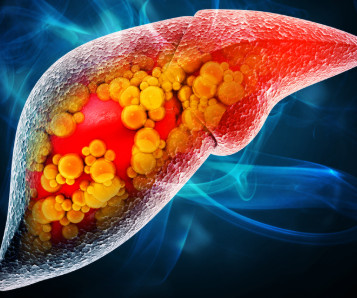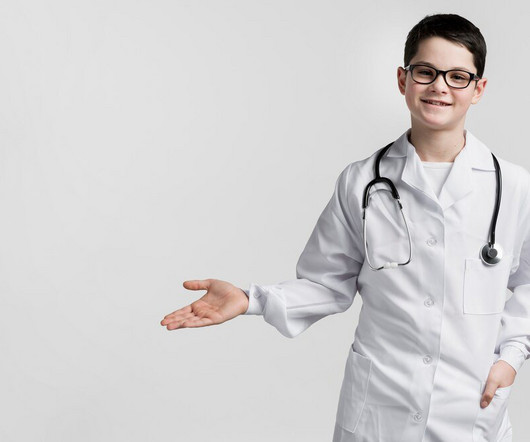Q&A: Physicians Weigh Improvements in MASLD Treatment Against Gaps in Assessment Strategies
Physician's Weekly
JUNE 24, 2025
As rates of MASLD, which is linked to obesity and diabetes, rise, new therapies have emerged, but better diagnostic and monitoring strategies are needed. However, as the authors point out, it is likely that combining drugs with differing mechanisms of action will likely lead to greater clinical benefit.












Let's personalize your content